Higher Performance Insights | The Competence Paradox: Why Certain Types of Incompetence Drive Innovation
In the pursuit of excellence, our greatest breakthroughs might come from embracing our limitations.
Here's a truth that might surprise you: Not all incompetence is created equal. Some forms of it might be exactly what your organization needs to evolve.
I've spent years studying organizational behavior, and here's what I've discovered: The moment you label all incompetence as failure, you've already lost. It's not just oversimplified—it's fundamentally misunderstanding human development.
Think about your most innovative team member. They probably failed spectacularly at some point. They worked outside established norms. They showed what researchers call "creative incompetence"—and it led to breakthrough moments.
Recent research from the Carnegie Foundation reveals something fascinating: Campuses that encourage structured experimentation show significantly higher rates of instructional innovation and student engagement (Hannan et al., 2015). Yet our default response as leaders is to minimize all forms of incompetence.
The Numbers Don't Lie
Here's what might surprise you: When leadership teams display indifference to quality, engagement drops by 40% within one academic year (Edmondson, 2019). That's not just concerning—it's catastrophic.
And it gets worse.
Research shows two destructive forms of incompetence:
- Willful incompetence: The conscious choice to underperform
- Unconscious incompetence: The inability to recognize our own limitations
But here's the flip side. Studies identify two constructive forms:
- Creative incompetence: The deliberate choice to work outside established norms
- Developmental incompetence: The crucial moment when educators realize their potential for growth
The Strategic Incompetence Framework
Instead of blanket elimination, try this:
Identify: Map out where each type of incompetence appears in your organization. Use data, observation, and feedback.
Differentiate: Distinguish between destructive and constructive forms. Not all gaps in competence are problems to solve.
Cultivate: Create safe spaces for creative and developmental incompetence while addressing destructive patterns.
The Three Things You Must Address
- Cultural response to failure
- Support structures for experimentation
- Growth pathset versus fixed mindset
The Innovation Catalyst Principle
Here's the counterintuitive truth: Your system's growth potential is directly linked to how you handle incompetence.
Recent research indicates that campus leaders encouraging structured experimentation showed significantly higher rates of instructional innovation. It's about creating conditions where certain types of incompetence become catalysts for growth.
Remember: The goal isn't to eliminate all incompetence—it's to transform it into a driver of innovation.
Your institution deserves leaders who understand the difference between destructive and constructive incompetence. Between stagnation and growth. Between fear and innovation.
What type of incompetence will you nurture first?
REFERENCES:
Bryk, A. S., Gomez, L. M., Grunow, A., & LeMahieu, P. G. (2017). Learning to improve: How America's schools can get better at getting better. Harvard Education Press.
City, E. A., Elmore, R. F., & Lynch, D. (2018). Instructional rounds in education: A network approach to improving teaching and learning. Harvard Education Press.
Dweck, C. S. (2016). Mindset: The new psychology of success. Random House.
Edmondson, A. C. (2019). The fearless organization: Creating psychological safety in the workplace for learning, innovation, and growth. Wiley.
Fullan, M. (2020). Leading in a culture of change (2nd ed.). Jossey-Bass.
Guskey, T. R. (2020). Professional learning with lasting impact. Educational Leadership, 77(8), 54-59.
Hannan, M., Russell, J. L., Takahashi, S., & Park, S. (2015). Using improvement science to better support beginning teachers. Journal of Teacher Education, 66(5), 494-508.
Help Spread the Word
If you found value in this post, we’d love your help spreading the word! Please consider sharing this on your favorite social media platform and tag Higher Performance Group and Dr. Joe Hill. Your support helps us reach and inspire more awesome people like you!
Like What You've Read?
Get practical, research-based ideas to Accelerate
Higher Team Performance delivered straight to your inbox every Tuesday.
More Blog Articles


PO Box 80
Stillwater, MN 55082
info@higherperformancegroup.com
LinkedIn : Dr. Joe Hill
Instagram: @higherperformancegroup
YouTube : Higher Performance Group
All Rights Reserved | Higher Performance Group | Privacy Policy


